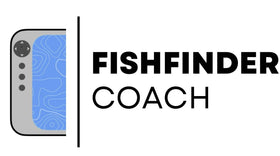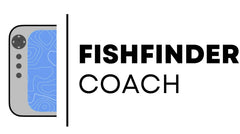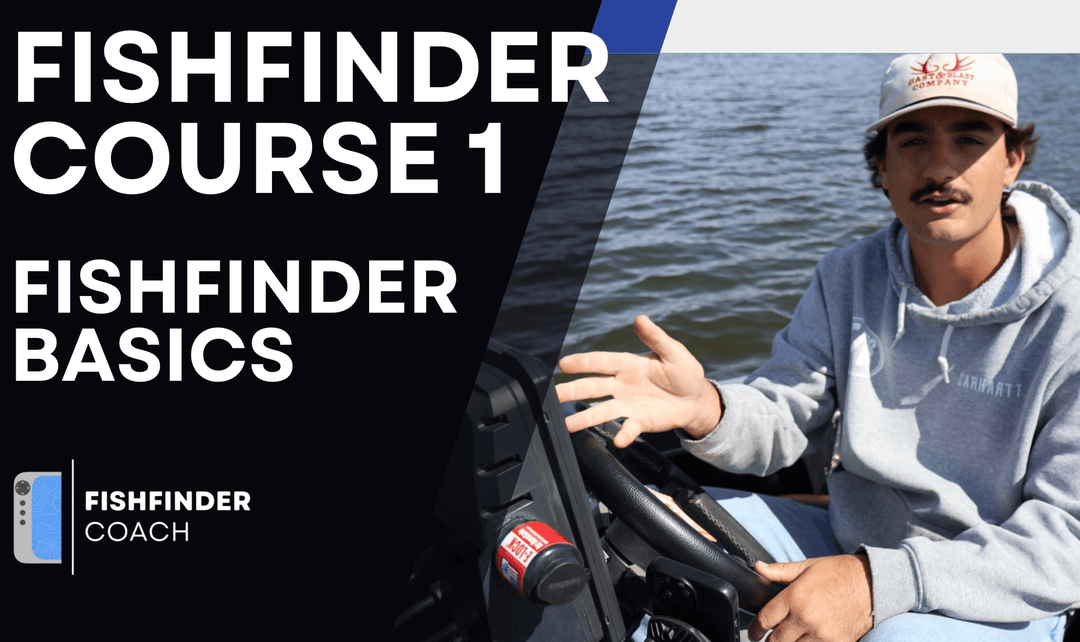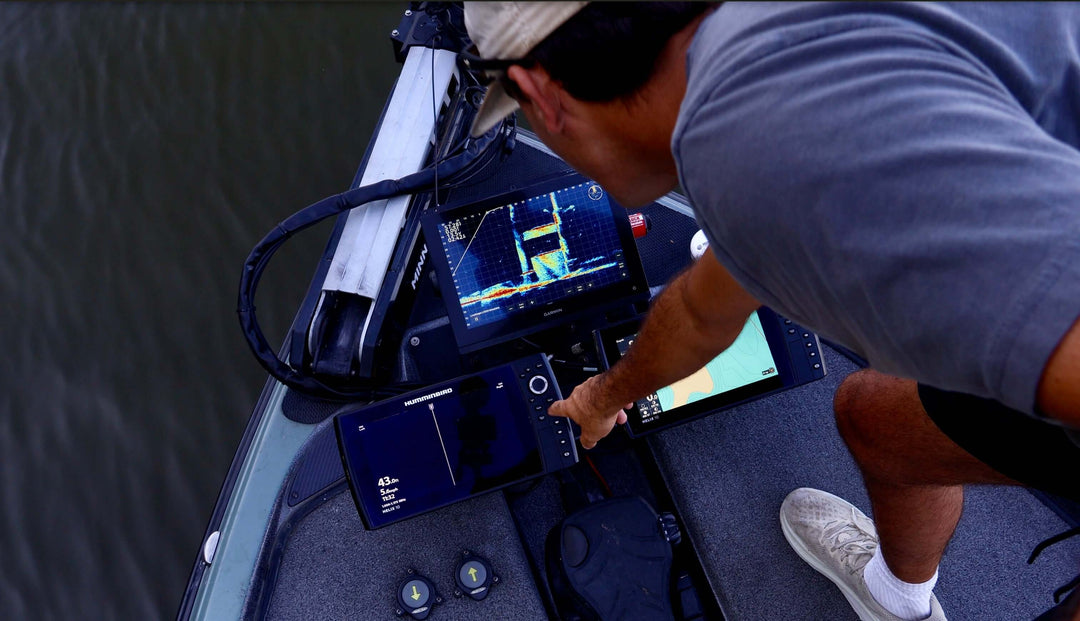What’s the Best Garmin Fishfinder for Livescope? Screen Size and Resolution Compared
Choosing the right Garmin display for Livescope can make a big difference in how clearly you see fish, your lure, and structure. Larger screens help with detail and range, but resolution, the number of pixels on the screen, also plays a role in image sharpness. Let’s break down how each Garmin model stacks up.
Screen and Resolution Comparison
| Graph | Screen L (in) | Screen W (in) | Area (in²) | Resolution (L×W) | Total Pixels | Pixels per in² |
|---|---|---|---|---|---|---|
| Echomap UHD 9 | 7.8 | 4.5 | 35.10 | 1024 × 600 | 614,400 | 17,504 |
| Echomap ultra 2 10 | 8.5 | 5.4 | 45.90 | 1280 × 800 | 1,024,000 | 22,309 |
| Echomap ultra 2 12 | 10.3 | 6.4 | 65.92 | 1280 × 800 | 1,024,000 | 15,537 |
| Echomap ultra 2 16 | 13.6 | 7.7 | 104.72 | 1920 × 1080 | 2,073,600 | 19,808 |
| Gpsmap 1022 | 8.8 | 4.9 | 43.12 | 1024 × 600 | 614,400 | 14,241 |
| Gpsmap 1222 | 10.3 | 6.4 | 65.92 | 1280 × 800 | 1,024,000 | 15,537 |
| Gpsmap 923 | 7.8 | 4.4 | 34.32 | 1280 × 720 | 921,600 | 26,843 |
| Gpsmap 1223 touch | 10.3 | 6.4 | 65.92 | 1920 × 1080 | 2,073,600 | 31,475 |
| Gpsmap 1623 | 13.6 | 7.7 | 104.72 | 1920 × 1080 | 2,073,600 | 19,808 |
| Gpsmap 8610 | 8.5 | 5.4 | 45.90 | 1920 × 1080 | 2,073,600 | 45,189 |
| Gpsmap 8612 | 10.1 | 5.7 | 57.57 | 1920 × 1080 | 2,073,600 | 36,047 |
| Gpsmap 8616 | 13.6 | 7.7 | 104.72 | 1920 × 1080 | 2,073,600 | 19,808 |
| Gpsmap 9010 | 8.54 | 5.34 | 45.60 | 1920 × 1080 | 2,073,600 | 45,488 |
| Gpsmap 9013 | 11.57 | 6.54 | 75.67 | 3840 × 2160 | 8,294,400 | 109,616 |
| Gpsmap 9017 | 15.04 | 8.5 | 127.84 | 3840 × 2160 | 8,294,400 | 64,881 |
Do Pixels Per Inch Matter for Livescope?
In general, yes, higher PPI gives you finer image detail and sharper separation between fish and structure. However, with Livescope, screen size often matters more than pixel density.
When you zoom in on fish, brush, or your lure, you want a large enough screen to see everything without compressing your field of view. A smaller, high-PPI display may look crisp, but it’s harder to interpret when trying to follow your bait or fish movement.
In other words:
-
Bigger screen = easier target tracking.
-
Higher resolution = cleaner edges and better fine detail for fish ID/bottom separation.
If you’re using Livescope to chase single fish or fish deep water, resolution helps. If you’re scanning wide areas or sharing your screen with other sonar views, screen size is king.
Is the Difference Noticeable?
From experience, the difference between 720p and 1080p on a 9–10″ screen is noticeable when it comes to lure tracking or identifying fish direction. However, once you get into 12–16″ screens, the added pixels make less of a difference — it’s more about how far you can comfortably see the entire cone without zooming.
Moving up to 4K displays (3840 × 2160) like the GPSMAP 9013 or 9017 gives unmatched sharpness. You can run split views, chart, 2D, Livescope, and still keep clarity. For most anglers though, 1080p (Full HD) is more than enough.
Ranking: Best Garmin Displays for Livescope (Overall Value)
| Rank | Unit | Why It’s Ranked Here |
|---|---|---|
| 1 | GPSMAP 9013 | 4K detail, 13″ screen is large but still fits most consoles. Incredible image clarity and brightness. |
| 2 | GPSMAP 9017 | Same 4K clarity, just larger. Slightly lower PPI due to bigger screen. |
| 3 | GPSMAP 8612 | Perfect mix of size and sharpness (1080p, 12″). Great Livescope detail without overkill. |
| 4 | GPSMAP 8610 / 9010 | 1080p in a 10″ frame, compact but ultra crisp. |
| 5 | GPSMAP 1223 Touch | 12″ 1080p display, slightly lower PPI but still excellent real-world clarity. |
| 6 | ECHOMAP Ultra 2 16 | Large and bright 16″ screen for clear wide-angle viewing. Slightly lower pixel density. |
| 7 | ECHOMAP Ultra 2 10 / 12 | Great mid-range Livescope displays with touchscreen control. |
| 8 | GPSMAP 923 Touch | Strong resolution for its size but smaller viewing area. |
| 9 | ECHOMAP UHD 9 | Solid entry-level Livescope screen but limited by 600-pixel height. |
Bottom Line
If you want the clearest possible Livescope image, the GPSMAP 9013 is the standout choice, 4K resolution with enough screen size to take advantage of it.
But for most anglers, a 12″ 1080p unit like the GPSMAP 8612 or 1223 Touch delivers the best mix of size, sharpness, and practicality for on-the-water use.
If you’re fishing from the bow with Livescope, prioritize screen size first. The more pixels you can spread across your forward range, the easier it’ll be to spot and track fish with precision.






